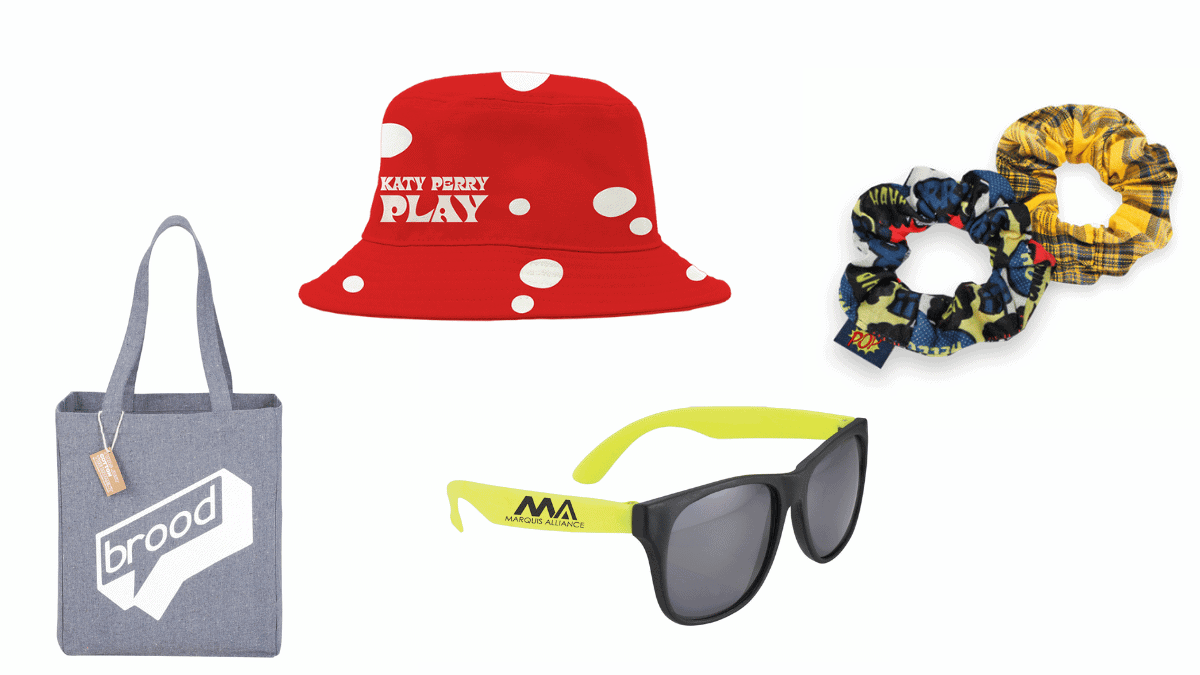The Significance of Sustainable Clothing: Exactly How It Impacts the Environment and Your Storage room
Lasting garments is increasingly acknowledged for its vital function in lessening the ecological impact of the quick fashion business. By concentrating on environment-friendly materials and honest manufacturing techniques, it resolves pushing eco-friendly worries. This change not only profits the planet however additionally affects consumer options, causing a more thoughtful method to wardrobe monitoring. Recognizing these dynamics raises important concerns about fashion's future and personal obligation fit it.
The Environmental Footprint of Fast Style

Benefits of Sustainable Materials
Lasting materials provide significant benefits, specifically through green textile selections that decrease ecological injury. These products likewise demonstrate resilience and durability, reducing the requirement for regular replacements. As a result, they contribute to a much more sustainable garment industry and advertise responsible customer actions.
Eco-Friendly Fabric Options
While the apparel industry has long been connected with fast trends and ecological injury, the increase of environment-friendly material options presents a transformative opportunity. Lasting products such as organic cotton, hemp, and Tencel have actually gained popularity due to their reduced eco-friendly influence. These materials are commonly produced without damaging pesticides and call for less water, lowering their carbon footprint - Branded Clothing. In addition, lots of environment-friendly fabrics are naturally degradable, adding to a circular economic situation by lessening waste. Choosing sustainable materials not just sustains environmentally accountable techniques but also advertises healthier ecological communities. As customers become much more conscious of their acquiring power, the demand for environment-friendly textiles urges brand names to introduce and take on more sustainable manufacturing techniques, eventually profiting the planet and future generations
Durability and Longevity Benefits
Lots of customers are significantly recognizing the toughness and long life benefits of sustainable materials in their clothes options. Unlike traditional textiles, lasting products such as natural cotton, hemp, and recycled polyester are engineered to stand up to deterioration, leading to garments that last longer. This decreased frequency of replacement not only saves consumers cash with time but additionally diminishes waste produced by fast fashion. Furthermore, sustainable clothing frequently uses environment-friendly manufacturing techniques that improve material stamina, adding to a reduction in the general carbon footprint. By buying sturdy clothing, customers can cultivate a more sustainable wardrobe while appreciating top quality pieces that preserve their aesthetic and capability with time. Sturdiness and long life stand as crucial benefits of selecting sustainable products.
Lowering Waste With Sustainable Practices
Lowering waste in the fashion business can be achieved via ingenious practices such as upcycling and repurposing products. Furthermore, adopting minimalist closet methods encourages customers to prioritize top quality over quantity, eventually lowering garments consumption. Together, these strategies contribute greatly to a much more lasting clothes version.
Upcycling and Repurposing Materials
Upcycling and repurposing materials have arised as innovative approaches in the garment industry, transforming thrown out textiles right into valuable brand-new items. This method not just minimizes waste however additionally encourages imagination and individuality in garments style. By taking old garments and products, developers can create distinct pieces that show personal style while lowering the need for new resources. Furthermore, upcycling frequently needs less energy and water compared to standard production procedures, significantly reducing the environmental footprint of style. As customers become extra knowledgeable about sustainability, the popularity of upcycled garments proceeds to climb, advertising a circular economic situation. Ultimately, these practices add to a more sustainable future, where style prioritizes environmental wellness over quick manufacturing and consumption.

Minimal Closet Strategies
As people increasingly look for to reduce their ecological effect, embracing minimalist closet approaches has actually obtained grip as a reliable strategy to lasting style. These approaches stress top quality over quantity, encouraging customers to curate a smaller sized collection of versatile, resilient clothes. By concentrating on ageless items that can be blended and matched, people can decrease the frequency of purchases and eventually reduce waste.Additionally, minimalism promotes mindful intake, advising consumers to show on the ecological and moral effects of their options. This method not just cultivates a much more sustainable way of living however also simplifies daily decision-making regarding attire. As individuals embrace minimalist concepts, they add to a style culture that values sustainability and accountable consumerism, ultimately resulting in an extra eco-conscious society.
The Role of Ethical Labor in Lasting Fashion
While several customers are significantly knowledgeable about the environmental effects of their clothes selections, the relevance of ethical labor techniques in sustainable style can not be neglected. Moral labor includes reasonable salaries, secure working conditions, and respect for employees' rights, creating the backbone of responsible fashion manufacturing. Brands that focus on moral labor not only uplift areas however also established a standard for liability in the industry.Moreover, the assimilation of moral practices promotes openness, enabling customers to make informed options regarding their purchases. This method contrasts dramatically with quick style's exploitative labor models, which commonly focus on profit over people. By sustaining business devoted to ethical labor, customers add to a system that values human self-respect together with environmental sustainability. Subsequently, moral labor is not merely an add-on; it is necessary to the broader mission of sustainable fashion, making sure that the mission for eco-friendliness does not come with the expenditure of civils rights.
The Influence of Sustainable Garments on Carbon Emissions
Lasting apparel has the potential to greatly lower carbon discharges connected with the apparel industry. Standard garment production contributes especially to greenhouse gas emissions, largely as a result of energy-intensive manufacturing processes and using non-renewable resources. In comparison, sustainable fashion concentrates on green products, such as organic cotton or recycled fibers, which frequently require much less energy to produce.Moreover, lasting brand names have a tendency to adopt extra effective manufacturing methods, reducing waste and lowering total discharges. By focusing on toughness and timeless layout, sustainable garments encourages customers to buy much less frequently, more minimizing the carbon impact related to overconsumption.Additionally, several sustainable brand names are devoted to transparency in their supply chains, allowing consumers to make educated choices that line up with their worths. Eventually, changing towards sustainable apparel can result in a substantial reduction in carbon discharges, contributing to a healthier world and an extra sustainable future for the garment industry.
Sustaining Local Economic Climates With Lasting Choices
The shift toward lasting apparel not only addresses environmental worries but also significantly benefits local economic climates. By picking lasting style, customers typically sustain little services and neighborhood artisans, improving neighborhood durability. These ventures typically run on a smaller range, prioritizing workmanship and honest practices over mass production.Investing in locally made sustainable garments cultivates work creation and stimulates financial development within communities. As customers become a lot more familiar with the ecological impact of their purchases, they significantly seek items that reflect their values. This need urges neighborhood producers to adopt sustainable practices, adding to a circular economy.Moreover, sustaining local organizations decreases transportation discharges, straightening with eco-conscious customer actions. The interconnectedness of lasting garments and neighborhood economies emphasizes the essential role that specific options play in advertising both environmental and financial wellness. By promoting these local links, neighborhoods can flourish while additionally company website working towards a much more sustainable future.
Changing Your Closet: Tips for a Sustainable Wardrobe
As individuals look for to lower their environmental influence, transforming a wardrobe into a lasting closet becomes a necessary action. One reliable strategy is to review existing garments, maintaining just products that are put on frequently and that align with sustainability goals. Focusing on high quality over amount is vital; investing in sturdy items from environmentally friendly brand names can greatly reduce waste.Additionally, integrating used things can rejuvenate a wardrobe while lessening ecological damages. Organizing clothes swaps with friends his comment is here or donating unused items can better advertise sustainability.When buying, people ought to seek materials that are organic, recycled, or biodegradable, and stay clear of quick fashion merchants - Branded Clothing. Practicing conscious intake by thoughtfully thinking about each acquisition can add to a much more lasting way of life. By carrying out these pointers, one can produce a wardrobe that reflects personal style while sustaining environmental stewardship
Frequently Asked Questions
Exactly How Can I Identify Sustainable Apparel Brands?
To determine lasting garments brands, one must look into materials used, check for certifications like Fair Trade, and take a look at the brand name's openness about their manufacturing procedures, labor methods, and environmental influence, guaranteeing environment-friendly and honest techniques are focused on.
What Are the Prices Related To Sustainable Fashion?
The prices connected with sustainable style can vary substantially. Higher manufacturing expenditures, honest sourcing, and environmentally friendly materials typically bring about raised retail costs, which might prevent some consumers while appealing to environmentally mindful shoppers.
Can Sustainable Garments Be Trendy and Fashionable?
Lasting apparel can certainly be fashionable and trendy. Designers significantly prioritize cutting-edge products and moral production methods, confirming that style and sustainability can exist together. Customers currently have varied options that blend aesthetic appeals with ecological consciousness.
How Does Laundering Clothes Affect Their Sustainability?
Washing garments substantially influences sustainability by consuming water and power, adding to pollution, and creating microplastic launch. Constant cleaning can break down textiles, reducing their life-span and enhancing the requirement for replacements, inevitably intensifying ecological Website concerns.
What Is the Lifespan of Lasting Clothes Compared to Quick Style?
The lifespan of lasting clothing normally exceeds that of rapid fashion things, usually long-term several years because of high quality products and craftsmanship. On the other hand, rapid style garments may degrade swiftly, demanding even more regular replacements. Sustainable apparel is significantly acknowledged for its crucial function in minimizing the ecological effect of the fast style sector. While lots of consumers are significantly mindful of the environmental consequences of their garments selections, the value of moral labor methods in lasting fashion can not be neglected. Branded Clothing. Sustainable clothing has the potential to greatly minimize carbon discharges connected with the fashion sector. In comparison, sustainable fashion concentrates on eco-friendly products, such as natural cotton or recycled fibers, which often call for much less energy to produce.Moreover, sustainable brand names have a tendency to embrace more reliable production methods, lessening waste and reducing overall emissions. By prioritizing resilience and timeless layout, lasting garments motivates consumers to purchase less regularly, additional decreasing the carbon footprint linked with overconsumption.Additionally, lots of sustainable brand names are committed to openness in their supply chains, enabling customers to make informed selections that line up with their values